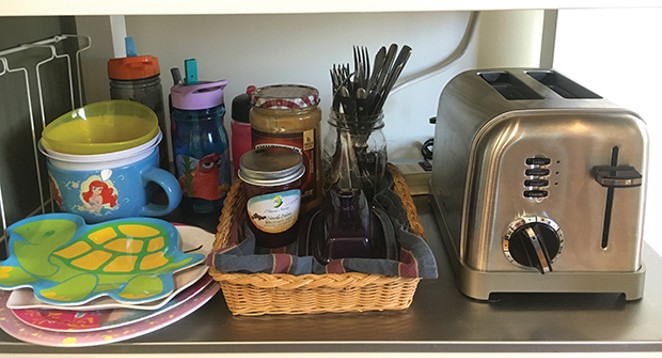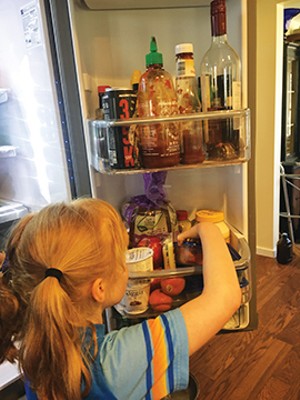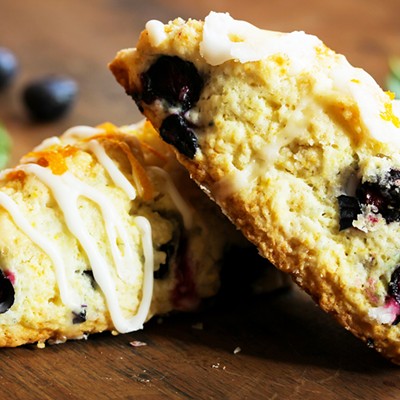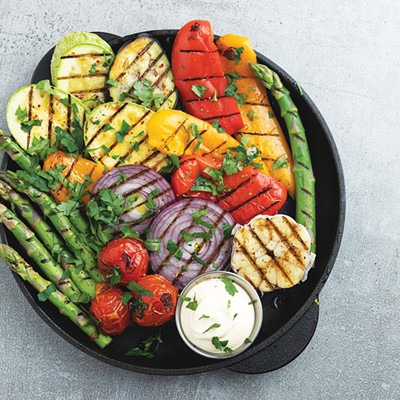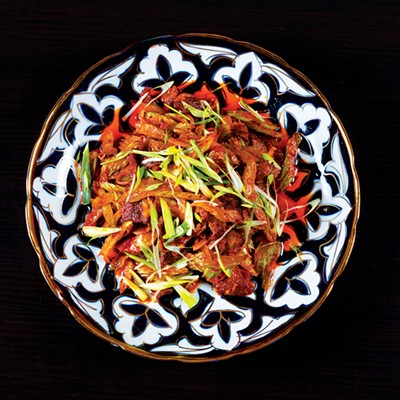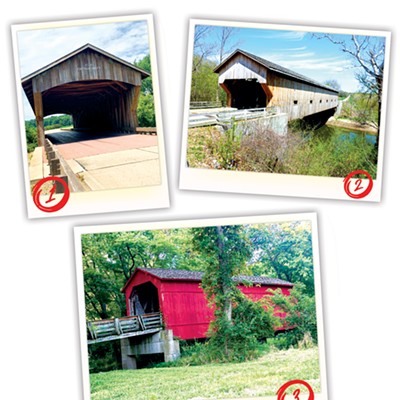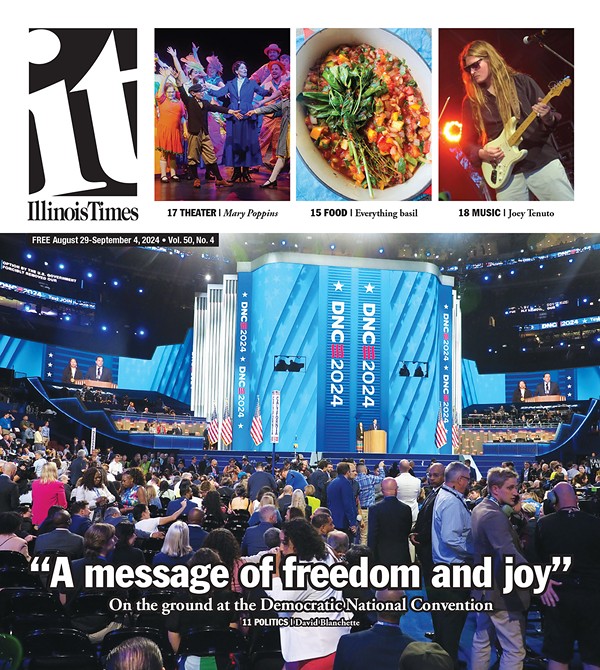It had been a while since I’d drunk a hot cup of coffee. Every morning I’d brew a cup, and there it would sit, usually forgotten under the coffeemaker while I bustled around making my five-and-a-half-year-old’s breakfast and packing her lunch. Punctuated by chores like unloading the dishwasher and letting the dog out for the third time, the morning would zip by and I would finally drink my cold coffee several hours later.
It occurred to me one morning as I nursed my tepid coffee that my daughter, who had been bathing and dressing herself for weeks at this point, was likely fully capable of making her own basic meals if the ingredients were accessible to her. That day I took the toaster down off the high counter where it had formerly resided and set it up on a lower shelf that my daughter could reach. Next to it I put a stack of her plastic character plates and cups, some cutlery and a small basket containing a butter dish, jam and peanut butter. I emptied one of the bottom shelves on the door of the refrigerator and moved the bread over to it, along with some containers of cut up fruit and veggies, whole apples and mandarin oranges, cheese sticks, yogurt, sliced deli meat, cheese and small jars of mayo and mustard.
That evening after supper I asked her if she wanted to make her own lunch to take the next day. She’d done this a few times before, and was always excited to do it, but honestly this took more time than if I’d just done it myself because she would constantly have to ask me to grab the mayo or find the cheese.
I can now spend my morning putting away the dishes, answering the odd email, and actually drinking an entire cup of hot coffee. To make it even more awesome, my daughter now gets a kick out of making me breakfast.
In addition to teaching them to take care of themselves, letting kids make their own meals helps to build a framework of nutritional knowledge that will support them for the rest of their lives. We’ve talked about the different components that make for a healthy meal, and my daughter knows when putting together her breakfast that she needs to include some kind of protein alongside fruit or grain. Recently she was making her lunch and I heard her mutter under her breath, “Now I just need to add a veggie. …” I was so delighted upon hearing this that I did a little dance in the corner of the kitchen. Not only am I off the hook from making lunch, she’s practicing good nutritional habits right off the bat.
Summer is a great time to implement a kid’s DIY food station, as kids who are running around outside enjoying the sunshine will be hungry more often. Providing them with easily accessible, healthful and hydrating choices like cut up watermelon, cucumbers and grapes is a great way to keep them both nourished and out of your hair.
Since kids are still learning to make nutritious choices, it’s important to set up some guidelines for snacking to make sure they’re getting a good mix of nutrients and not mindlessly eating out of boredom.
• Encourage kids to aim for two food groups with each snack and to include veggies and fruit with each meal. Yummy pairings include apple with peanut butter or a stick of string cheese, yogurt with berries, or whole-wheat crackers with cream cheese.
• Be aware of portion sizes. Show your child what reasonable servings of foods like peanut butter and cheese looks like, and consider measuring out portions of salty or calorie-rich snacks like cheese crackers, pretzels or nuts in small resealable containers or baggies.
• Discourage kids from munching in front of the TV, as that can lead to a habit of mindless eating, and set up parameters around snack time (i.e. no snacking 90 minutes before dinner).
• Allow your child to enjoy “fun foods” like popsicles, chips or a cookie, but restrict them to no more than one serving per day.
Contact Ashley Meyer at [email protected].

